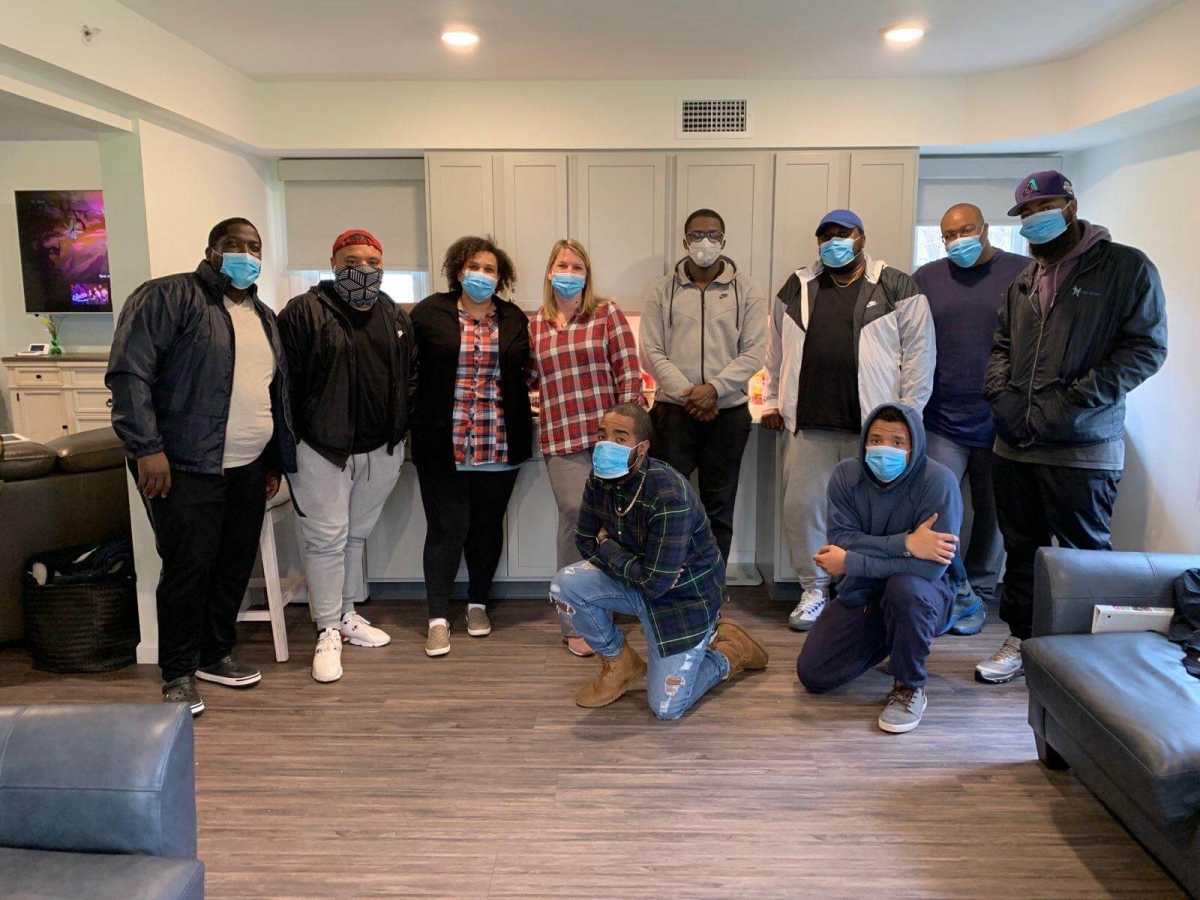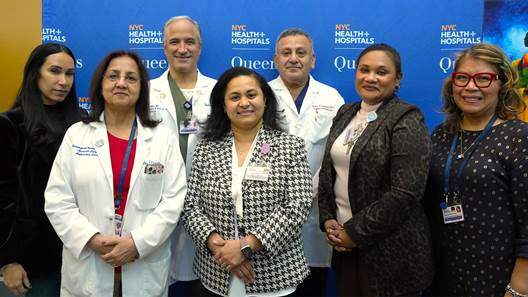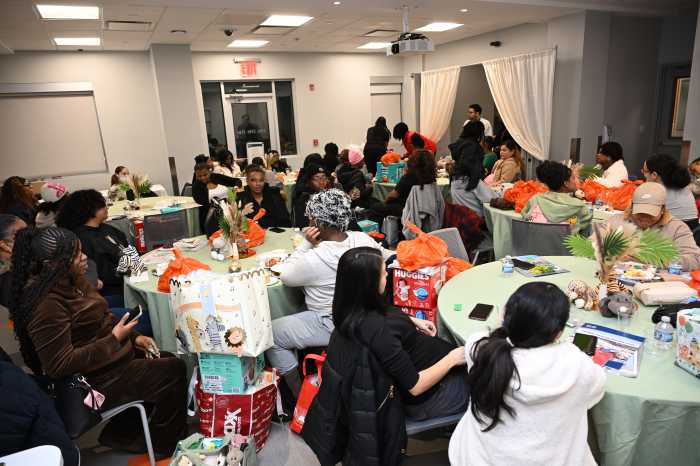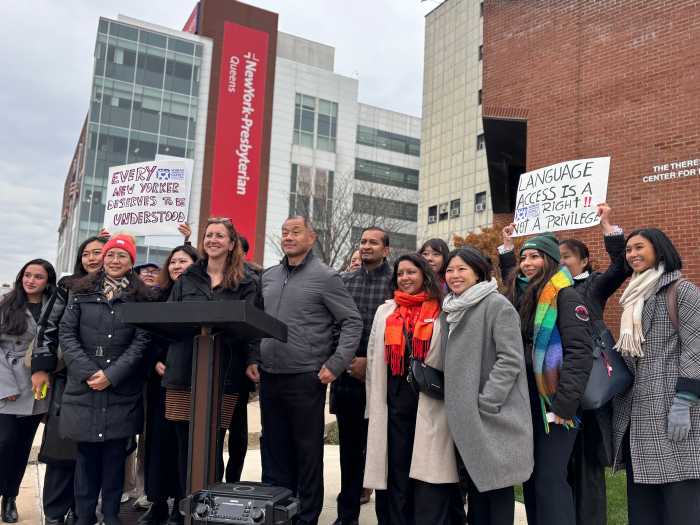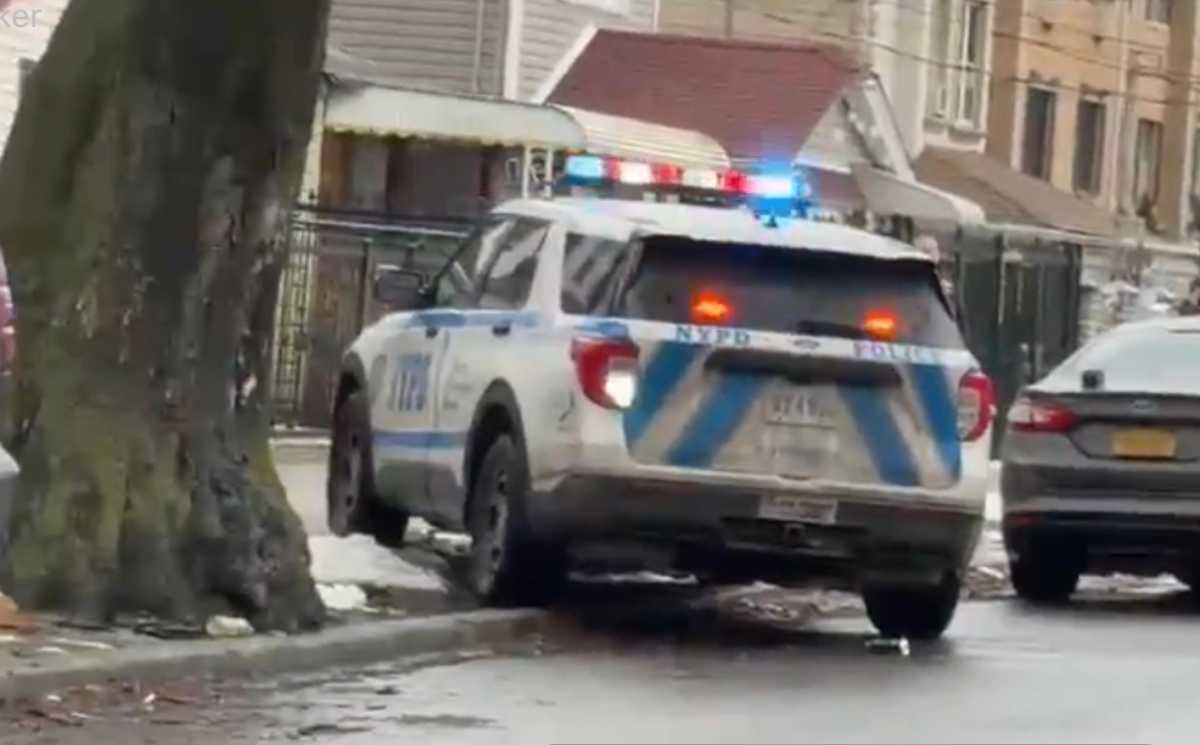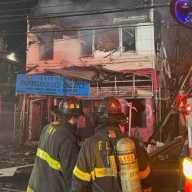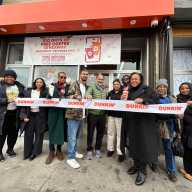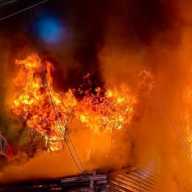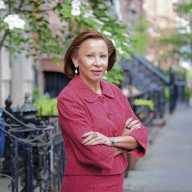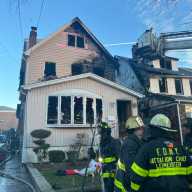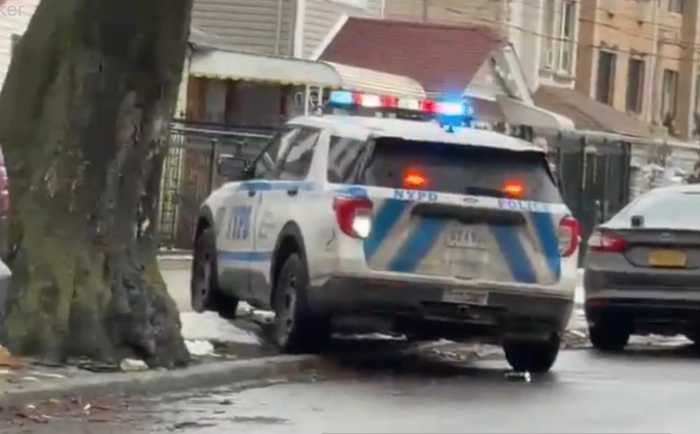BY BEN VERDE
Due to an oversight from the state government, group homes for the developmentally disabled are now forced to fend for themselves as they try to buy much-needed protective medical equipment — which are in short supply and rising in cost amid the novel coronavirus, according to disability advocates.
Facilities that care for the developmentally disabled are not listed as priority recipients of personal protective equipment under state guidelines, which only prioritize hospitals, EMS operators, nursing homes, and dialysis centers. This oversight leaves these homes scrambling to find medical supplies, such as face masks and rubber gloves.
The lack of regulatory help from the state has forced financially well-off group homes to compete on the open market for supplies, while less cash-flush facilities have been forced to rely on donations and handmade replacements — rather than allocating resources based on need, according to advocates.
“What should happen is that it is not based on the financial resources, but it is based upon the actual need of the particular facility throughout the state, so that those that need the PPE get it,” said Tim Clune, the executive director of Disability Rights New York (DRNY). “All of these congregate-care facilities must have the necessary protective gear to prevent the spread of COVID-19.”
DRNY filed a formal complaint on April 9 with the United States Department of Health and Human Services against Governor Andrew Cuomo for failure to prioritize group homes and other congregate care settings as priority recipients of protective equipment — but that has yet to yield positive results.
Group home operators have faced intense competition and exorbitant prices in their pursuit of personal protective equipment, and have begun joining forces with other care providers in the region to pool the necessary cash and have a unified voice on the market.
Janet Koch, the head of Life’s Worc, which operates group homes for the developmentally disabled throughout New York City and Long Island, said she and a cadre of other group homes on Long Island pooled together $30,000 each at the start of the pandemic through a “providers alliance” to buy protective medical supplies — allowing them to scoop up the equipment before it was all bought up.
“We were ahead of the curve for sure, we got in right in the beginning,” said Koch.
Other homes are still scrambling to stock up on protective supplies with no end of the pandemic in sight — and the market for more masks, gloves and other supplies is bare. Some group homes have put up huge sums of money just to be entered into the running for receiving the life-saving supplies, without any guarantee they would even receive it.
After $2.6 billion in budget cuts over the last 10 years, and the drawn-out delay of a yearly three percent cost of living funding increase from the state, this is no small feat for most homes — but with lives on the line they have little choice, said Koch.
“If you have nothing, or here’s a chance, suddenly that risk becomes life or death,” she said. “Even if you’re a nonprofit, you find that money and you do it.”
For their part, Clune and his fellow advocates at NYDA argue that a change in policy to prioritize group homes would help facilitate supply allocation more than an uptick in funding — and they’re continuing to push for a change in the state’s priorities.
“This should have nothing to do with funding,” Clune said. “It should have absolutely everything to do with protecting the people who are within the facilities and the public at large.”
This story originally appeared on BrooklynPaper.com.

